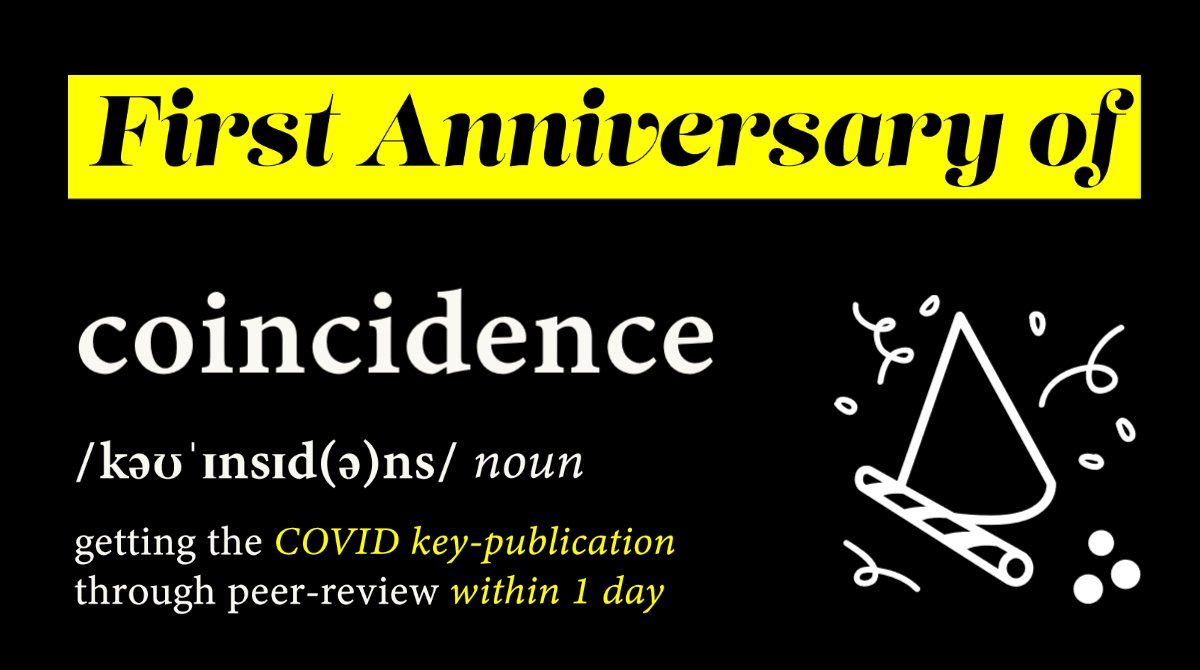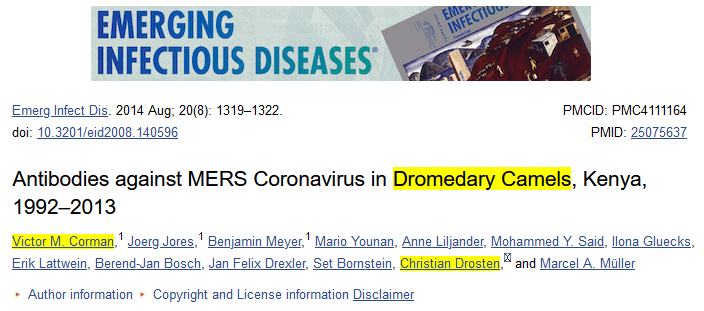There are different ways to estimate it, depending on the factor. Simplest is factors like industry or country exposure where the entries can be 0/1 depending on whether the stock is in that industry/country or not.
A few things that I didn't cover yesterday when I talked about equity factor models (it's a huge area and it's impossible to more than scrape the surface)
A few people in the DMs asking about equity factor models so here's a short explainer.
— macrocephalopod (@macrocephalopod) February 2, 2021
Let's make it a concrete problem -- you are the risk manager at a big multi-manager hedge fund with ~100 sub-PMs each of whom has a portfolio of 10-50 stocks, long and short.
There are different ways to estimate it, depending on the factor. Simplest is factors like industry or country exposure where the entries can be 0/1 depending on whether the stock is in that industry/country or not.
Now you have a set of linear equations on each day, and you can solve the linear equations to get the vector of factor returns for each day using the normal equation - pic.twitter.com/YwVkUzSM69
— macrocephalopod (@macrocephalopod) February 2, 2021
It varies depending on the application. The simplest models would have just a few, maybe the market factor plus a couple of others that you care about (think about Fama-French 3 factor or 5 factor model) but it will normally be more.
Yes -- you hear a lot about the well known ones like value, momentum quality etc but there are hundreds of others which are widely known in academia and industry and thousands of proprietary in-house factors.
More from Society
1/ One year of destroyed economies, social isolation & deep social splits calls for an anniversary ⬇️thread ⬇️ to celebrate the RT-qPCR manuscript by Christian Drosten (@c_drosten) & Victor Corman (@vmcorman), submitted on 21st Jan 2020 to @Eurosurveillanc. #UnbiasedScience

2/ Before this very publication, virologists were neither treated like superstars, nor were they considered icons or half-gods. In 2009, Drosten almost succeeded in installing the false premise virology could supersede holistic medical sciences as discussed in this thread.
3/ Drosten is a virologist. He neither has any background in epidemiology, nor has he ever worked in the civil service. He also doesn’t have a background in public health. Yet he and his colleagues affect our daily lives to the level of whom to meet up or how to flush the toilet.

4/ Before January 2020, Drosten and Corman were common virologists at Charité Berlin, whenever they were not involved in economic implications (https://t.co/UTDwG8U7Du). Other than that, they looked at coronaviruses in dromedary calves in the Middle East or Africa. 😍 #cute

5/ Finally in Jan 2020, the published paper laid the theoretical grounds for the current pandemic, the RT-qPCR mass testing-religion, for which he was awarded his second German Federal Cross of Merit (he received the first one in 2005 for developing the SARS-CoV PCR test).


2/ Before this very publication, virologists were neither treated like superstars, nor were they considered icons or half-gods. In 2009, Drosten almost succeeded in installing the false premise virology could supersede holistic medical sciences as discussed in this thread.
3/ Drosten is a virologist. He neither has any background in epidemiology, nor has he ever worked in the civil service. He also doesn’t have a background in public health. Yet he and his colleagues affect our daily lives to the level of whom to meet up or how to flush the toilet.

4/ Before January 2020, Drosten and Corman were common virologists at Charité Berlin, whenever they were not involved in economic implications (https://t.co/UTDwG8U7Du). Other than that, they looked at coronaviruses in dromedary calves in the Middle East or Africa. 😍 #cute

5/ Finally in Jan 2020, the published paper laid the theoretical grounds for the current pandemic, the RT-qPCR mass testing-religion, for which he was awarded his second German Federal Cross of Merit (he received the first one in 2005 for developing the SARS-CoV PCR test).

























